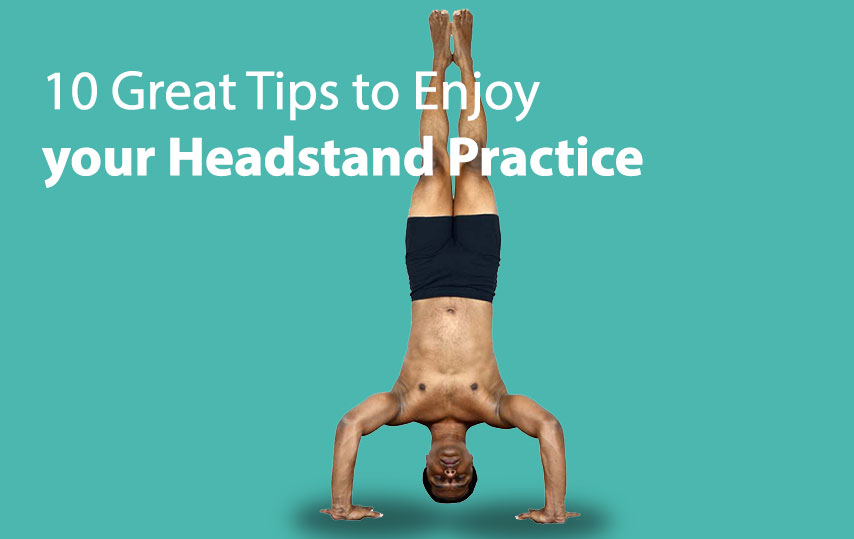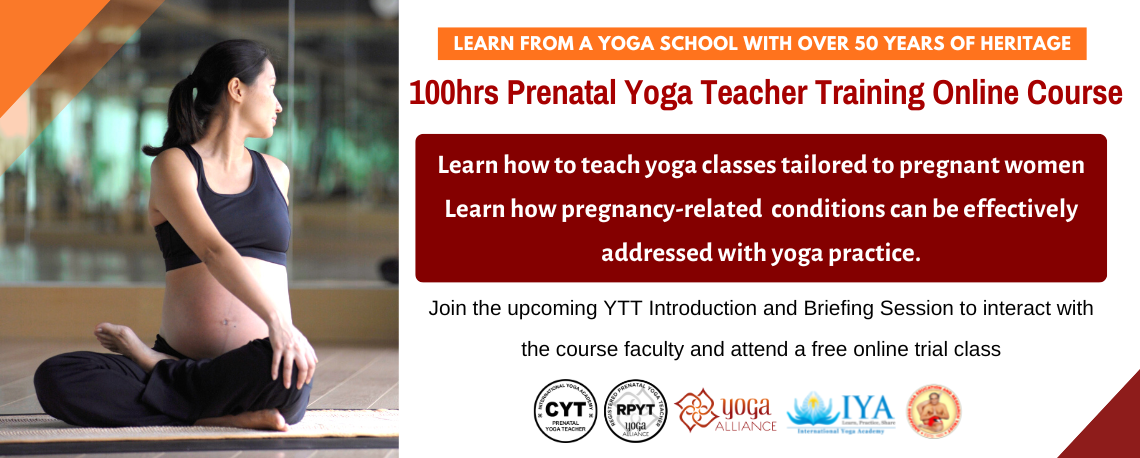
1.Overweight
When a teacher says you are not ready for this pose, just appreciate that he is being honest and please listen to the advice. Although there can be many reasons, most of the time, it is overweight. If one neither knows how to engage the arms nor prevents the neck from taking all the weight, one needs to first strengthen the arms and shoulders; and reduce some weight before approaching headstand
2. Practice the Basics
Honestly speaking, headstand may not be a very difficult pose if you learn from the basics. Start with half headstand in a proper way – work on the foundation – it helps us to understand how to engage the arms and shoulders while holding the inverted posture.
3. Core Strength:
Many think that we need a super strong core to go into inversion. But then, why do some who have super strong core cannot do headstands? Your core is not holding your structure gonflable entire body weight. You need to engage core to hold the body in the line. It is not merely the strength of the core, but more a coordination of the core muscles to support back and hips.
4.Headstand during Menstruation:
This is confusing as different teachers suggest differently. Some say, “Yes, you can”; some suggest not; others advise “it’s up to you”. I am of all three. Yes, you can do inversion during your period, but you shouldn’t overdo it. It’s really up to you if you are not comfortable in inversion on those days. Everything comes to moderation and holding for an average of 20-30 seconds is not harmful. I am saying this also because all the female members in my family and students have been doing this for years without issues. My recommendation is not to do it if you either have a specific medical condition or suffer from endometriosis.

5.Strengthen the Neck Muscles:
Although the initial practice is not to put the weight on the head, the head does take some weight to maintain the balance. So strengthening the neck muscles is very important for headstand practice. There are various simple neck strengthening poses that can prevent neck problems in headstand.
6.Wall:
Many think that using the wall means less benefit. I do not consider there is any difference in benefits between a headstand against the wall and a free headstand. It’s just the ability and feeling of achievement.
7.Safety vs Balance:
Salamba sirsasana (interlaced fingers behind the head) is in fact a difficult version of headstand as the area of support gets smaller. Whereas utripada sirsasana (tripod headstand) has a much bigger area of support, hence is relatively easier to hold the balance. Salamba sirsasana, on the other hand, is safer for the neck as the arms and shoulders are holding the weight. In utripada sirsasana, almost all of the body weight is resting on the head; the arms are just to maintain the balance.
8.Headstand during Pregnancy
This is another confusion. Assuming that you don’t have any medical conditions, and my advice is that if you have been practising yoga regularly before pregnancy and have mastered headstand, you can continue the practice until the last trimester of pregnancy. But if you started yoga after getting pregnant, then you should consult your doctor and a yoga master about this practice. In fact, half inversions can help castillo hinchable with breech babies and increase optimal positioning and relieve pregnancy related back problems. Again, everything should be done in moderation and adapted according to current body condition.
9.Don’t Raise the Head:
After you finish headstand, please don’t raise the head immediately as it may cause dizziness. Rest in child’s pose or salutation pose for 10-20 seconds, followed by some gentle neck rotations. These will help release the stress in the neck and balance the blood circulation to the normal condition.
10.Practise with Understanding:
Headstand is regarded by some as the king of asanas; shoulder stand is the queen of all poses. One student asked me which the prince and the princess are. Don’t believe in these terms as headstand requires the same attention as any other pose. Do not get carried away by the illusion of upside down that it is therefore important. Practise with awareness and understanding of its greater purpose.
Last but not the least, headstand does bring new and amazing experience to your body and mind. Many practitioners view headstand as the real breakthrough in their yoga practice. Learn with an experienced yoga master to start your headstand journey. Never practise headstand by reading a book or watching a video. Headstand needs modifications and adjustments according to the person’s anatomical limitations. An experienced teacher can pinpoint any issues and guide you in the right path.


















 Other
Other